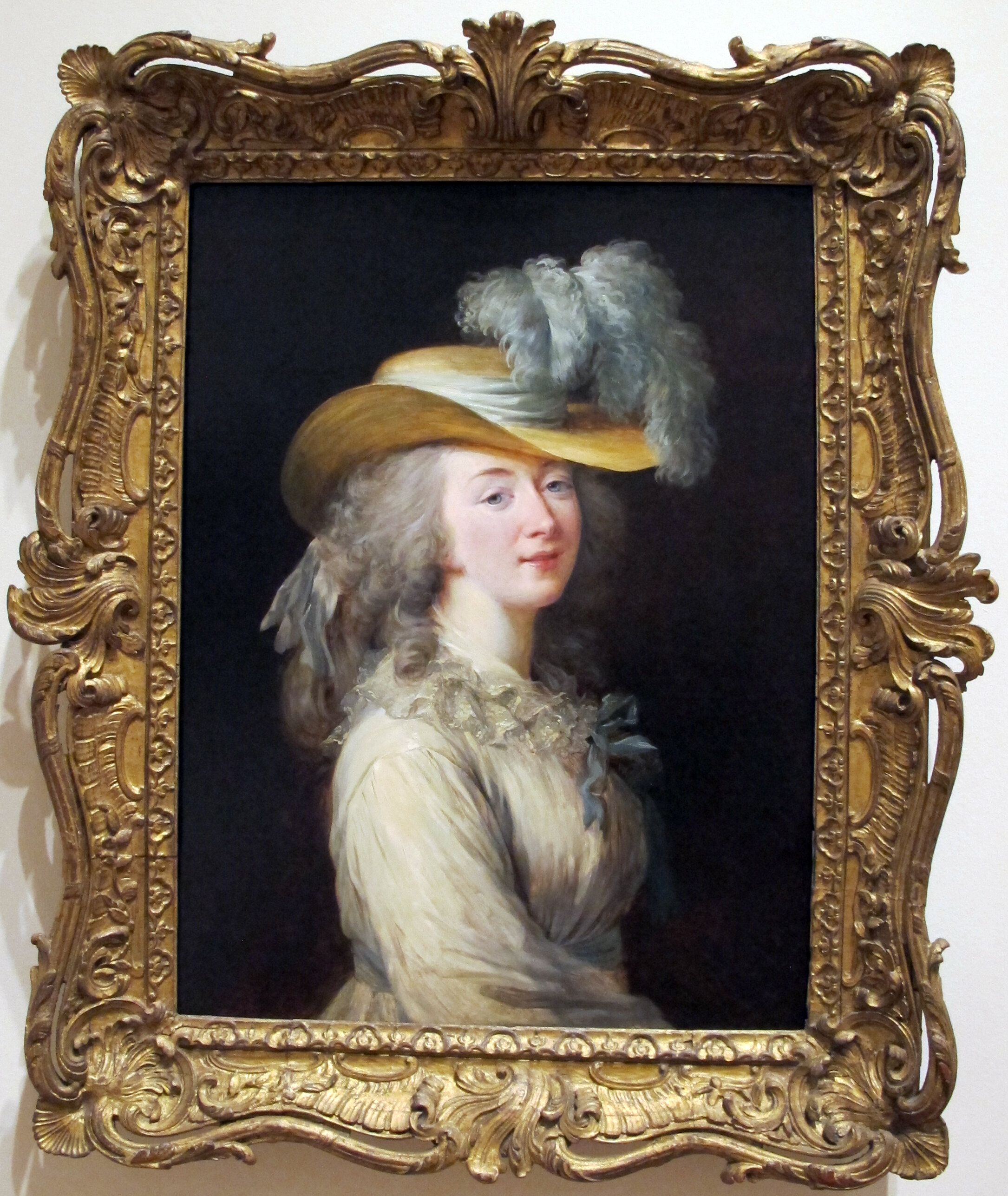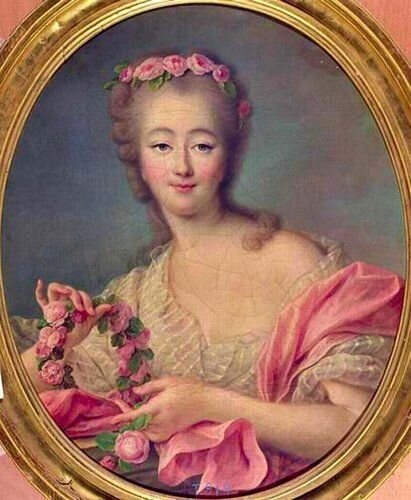Madame de Sévigné, one of the greatest authors of the 17th century, never wrote a single book. Instead she is known to us today as a “lady of letters”.
Marie de Rabutin Chantal was born February 5, 1626 in the Palais Royal home of her grandparents. By the time she turned seven both of her parents had died and was being raised by her grandparents and uncle Christopher. He would teach her latin, italian and spanish when she was quite young and turned her onto the great literature of the time rarely afforded to girls.
In 1644 at 18 she married Henri de Sévigné at the Église Saint Gervais and two children followed. Françoise in 1646 and Charles in 1648 but the marriage would be short lived, Henri was quite the philanderer and had a difficult time keeping it in check and it would end in his death. On February 5, 1651 his life would end in a duel. Challenged by François Amenieu over Mademoiselle de Gundron, one of his many mistresses. He didn’t fare well and died as a result.
Madame de Sévigné at 25 became a wealthy widow which gave her a place in society few women could reach. Men would pursue her but she had no interest in getting married again. To fill her time she attended the salons and events of Paris and began to write letters to friends and family describing the scene and travels of each day. Women could rarely be published unless under a man's name and while she enjoyed the process she couldn’t be bothered worrying about how ro publish, so she took to her letters.
In 1669 her daughter Françoise married Comte de Grignan who was a widow twice over and much older than she. Their marriage would take François from her mother and Paris to the south of France and the Chateau de Grignan. On February 6, 1671 the first of over 1000 letters sent to her beloved daughter began.
Each letter served as a snapshot of her life in Paris and the actions of each day. So descriptive and interesting, Françoise began to read them outloud where everyone anxiously attended. Once Madame learned of this she began to compose the letters with even more drama and excitement creating a performance with each page. They became so popular people began to copy them and send them to others.
Sévigné mixed with the elites of Paris and was widely adored which got her into many events including the execution of two women involved in the Poison Affair, that she would note in detail within the letters.
In the spring of 1662, the trial of her friend Nicolas Fouquet began mesmerizing all of Paris for a year. Attending the trial she detailed every moment in her letters making them one of the few eyewitness accounts. After his imprisonment she continued to send him letters that woul be intervened by Louis XIV. Worried her rather flippant tone may get her in trouble. Instead he was fascinated by her and invited her to court including the fete of the year The Pleasure of the Enchanted Island party.
Held on May 7 to 13, 1664 the lavish event was dedicated to Anne d’Autriche, mother of Louis XIV but was actually a party to seduce one of his mistresses Louis de la Vallière. Molière, Lully, serperentant of music for the king, garden architect Andrea Le Notre had only a few weeks to put together something to please the king who fancied himself an actor.
The Pleasure of the Enchanted Island was the story of Alcine and Roger. Alcine was a seductress who would charm soldiers and then trap them. Roger fell under her charms and while in jail became her lover. Roger of course was played by the Sun King dressed in red velvet riding a horse draped in gold and jewels followed by a 25 foot long golden chariot of Apollo.
In 1677 Sévigné moved into the Hôtel des Ligneris, that would one day become the Musée Carnavalet and sitting on the street that bears her name. Continuing to write letters she traveled between Paris and her daughter in the south of France where she would die on April 17, 1696 at 70 years old and buried in the Église Saint Sauveur of Grignan.
After her death her granddaughter agreed to publish 28 of her letters. Heavily edited by the publisher the originals were then destroyed. The first three editions of the book constantly changed, In 1734 more than 600 letters were published and in 1754, 772 letters. In 1834, a professor on holiday in Dijon discovered 320 letters written to her daughter and would be published more than a hundred years later in 1953. Today 1120 letters have been published, mostly in French but some have been translated and can be found online.
The Chateau de Grignan has been turned into a bit of a museum for her and her daughter with a few of the original letters on display.
With the long-awaited reopening of the Musée Carnavalet, her former home, a painting by Claude Lefèbvre and many of her objects can be found today including a few of her letters.
Listen to the newest episode of La Vie Creative - Paris History Avec A Hemingway today.
Support Claudine on Patreon and get more of Paris and all her stories and benefits like discounts on her tours, custom history and exclusive content https://www.patreon.com/bleublonderouge
facebook https://www.facebook.com/BleuBlondeRouge
Instagram https://www.instagram.com/claudinebleublonderouge/
Sign up for the weekly Blue Blonde Rouge newsletter https://view.flodesk.com/pages/5e8f6d73375c490028be6a76


































































































